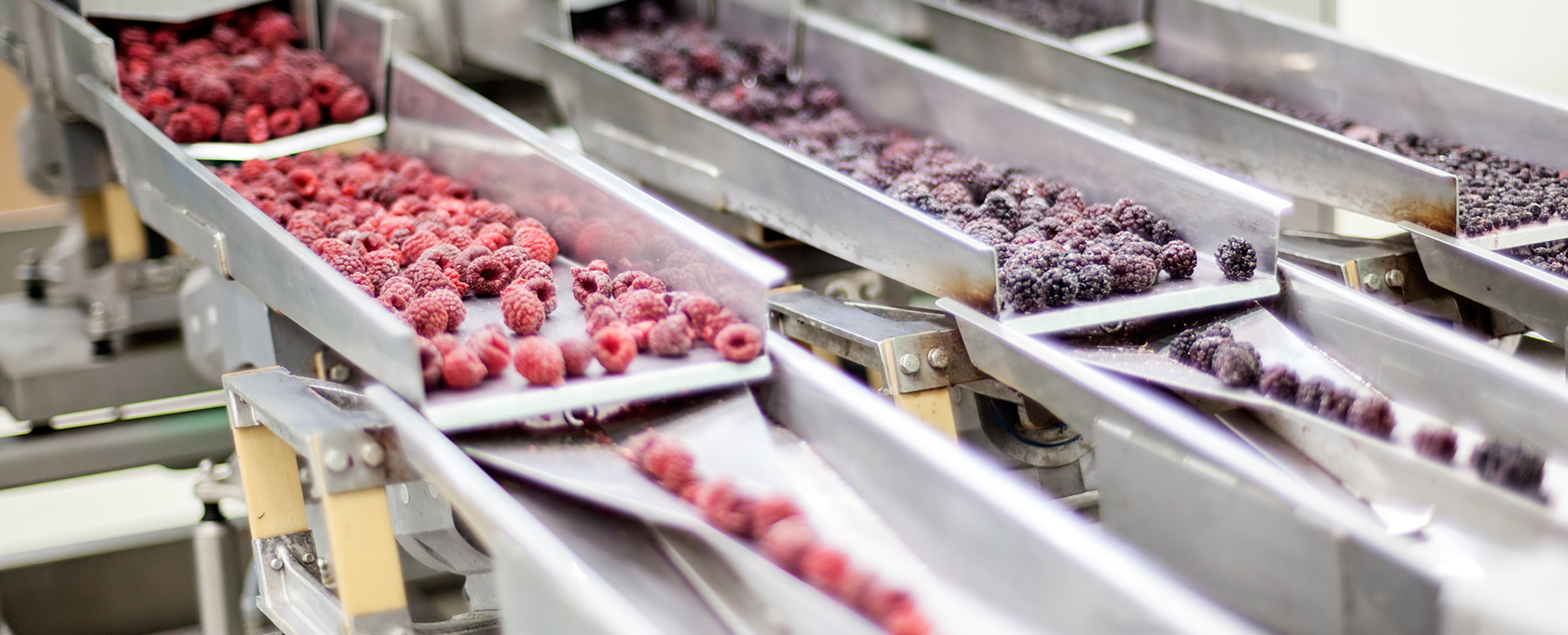
Companies in the food and beverage industry might overlook significant advantages by not patenting their innovations. While there’s a common belief that “recipes” cannot be patented, unique formulations and other aspects of food and beverage products often can be. By ignoring this, you risk falling behind competitors who are protecting their innovations and gaining a competitive edge. This article explores how patenting innovative elements of your food and beverage products can enhance your market position.
A granted U.S. patent gives you the right to prevent others from making, using, selling, or offering to sell your patented invention in the United States, and from importing your patented invention into the United States. Unlike trade secret rights, patent rights can be asserted against those who independently develop the same technology and can endure for up to 20 years from when you file your patent application. The U.S. Patent and Trademark Office (USPTO) issues two broad categories of patents: utility patents and design patents. Utility patents are granted for a new or improved and useful process, machine, article of manufacture, or composition of matter, while design patents are granted for a new, original, and ornamental design for an article of manufacture. While the USPTO assesses patentability on a case-by-case basis before granting a patent, this article outlines the three general types of utility patents that might be obtained on food and beverage products: product patents, method of use patents, and method of manufacture patents.
Types of Utility Patents Available for Food Products
Product Patents
Product patents usually are considered the most desirable type of patent because they protect the product per se, without regard to how it was made or how it will be used. Thus, a product patent gives you the right to prevent others from making, using, selling, offering to sell, and importing the product into the United States, even if they make it by a different method or use it for a different purpose than you do.
U.S. patents related to food and beverage products include product patents that mirror or reflect ingredient lists. Some patents claim products with a short list of key ingredients, while others claim products with extensive lists of ingredients. Some specify amounts or ranges of amounts of key ingredients, or ratios of amounts of two or more ingredients. Other product patents focus on a unique shape or structure of a product. For example, General Mills obtained a U.S. patent focused on the shape and structure of certain hard taco shells, while Kellogg Co. patented a snack bar that specifies the diameter and volume of “discrete pieces” of various parts. Various beverage patents protect formulations that are stable against phase separation and/or sedimentation.
Method of Use Patents
While product patents are more desirable, method of use patents are more common in the nutritional products and dietary supplement space. As the name suggests, method of use patents protect specific methods of using a product, such as a method of enhancing athletic performance by consuming a specific food or beverage. Violation of a method of use patent (referred to as “infringement” of the patent) occurs when an unauthorized party carries out the patented method of use or induces other to do so, such as by selling a product with instructions to use it in the patented method.
Companies in these markets may be cautious about making certain claims that might draw scrutiny from the FDA under drug regulations. But the USPTO does not treat dietary supplement patents differently from drug patents, nor does it require clinical trial data to support claims to specific methods of use. Companies in this space may want to obtain patents that mirror their own product labeling to help strengthen their ability to establish infringement by competitors who make the same claims in their labeling or marketing material. Thus, while the USPTO might allow a patent that relates to treating a disease or condition, companies seeking to market their products as a food or dietary supplement may want to obtain method of use patents that describe the intended effect in a way consistent with permissible claims for dietary supplements. For example, U.S. method of use patents have been granted on methods of “supporting eye health” and methods of “supporting kidney health” using specific products.
Method of Manufacture Patents
The third type of patent that can be obtained is a method of manufacture patent. As the name suggests, method of manufacture patents protect specific methods of making a product. A drawback of method of manufacture patents is that it may be difficult to determine if a competitor is infringing your patent by using your patented method to make their product. Nevertheless, method of manufacture patents can round out a patent portfolio, especially when the method results in distinctive properties that can be seen or identified in the commercial product, such as distinctive shapes, layers, or segments, or a distinctive appearance or consistency. The potential difficulty of detecting infringement of method of manufacture patents may be counterbalanced by the quasi-extra-territorial reach provided by 35 U.S.C. § 271(g). That section of the U.S. patent infringement statute offers protection against importation into the United States of a product made outside the United States by a process patented in the United States. Thus, a method of manufacture patent can be enforced against a party that makes the product outside the country, and then imports it or sells it in the United States.
Are Your Competitors Beating You to the Table?
Knowing about these types of patents may inspire innovators to think creatively about how their food and beverage products might be described, used, and produced, and show that unique features of a product or its method of manufacture could support valuable patent protection. Companies who have not tried to protect their own products with patents may want to reconsider that stance and should know the types of patents their competitors may obtain. To assess the risk of liability for infringing a competitor’s patent, companies in the food and beverage space may want to consider conducting patent freedom-to-operate investigations before developing a significant new product. If you need assistance, please reach out to the authors or your Foley relationship partner with any questions.
